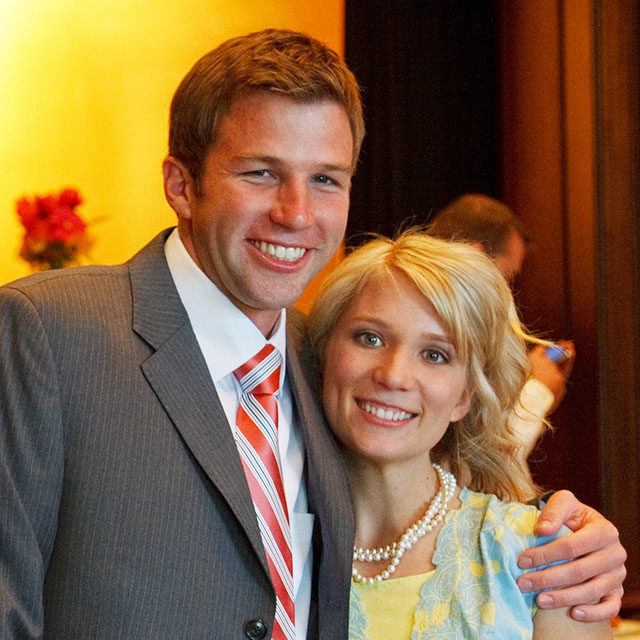Myth 8 From the 8 Myths of Marriaging
8. The Myth of Marriage’s Demise (and other myths about the macro of marriage in society)
Myth: Marriage is on the decline and disappearing as an institution.
Truth: The strongest, most fulfilling marriages in the history of the world exist today.
Sub-myth 1: Educated people are not getting married.
Truth: Today, it is college educated people that are getting married and staying married.
Sub-myth 2: Most people in today’s world no longer want to get married or be married.
Truth: Polls show that over 90 percent of people want to be married.
Sub-myth 3: Marriage is simply not as relevant or as useful as it once was in society.
Truth: Given the disconnected, polarizing, fracturing, temporary, and transient nature of today’s culture, the bonds and connections and commitments of marriage have never been more important and more needed.
There is both a dark side and a light side when we think about the future of marriage. On the dark side, the statistical drops in marriage rates and increases in cohabitation without marriage seem to be spelling the doom and the irrelevance of marriage; but the fact is that the best of today’s marriage have a greater amount of partnership, of role equality, and of mutual respect and support than any marriages in any other era.
To go deeper into this topic:










